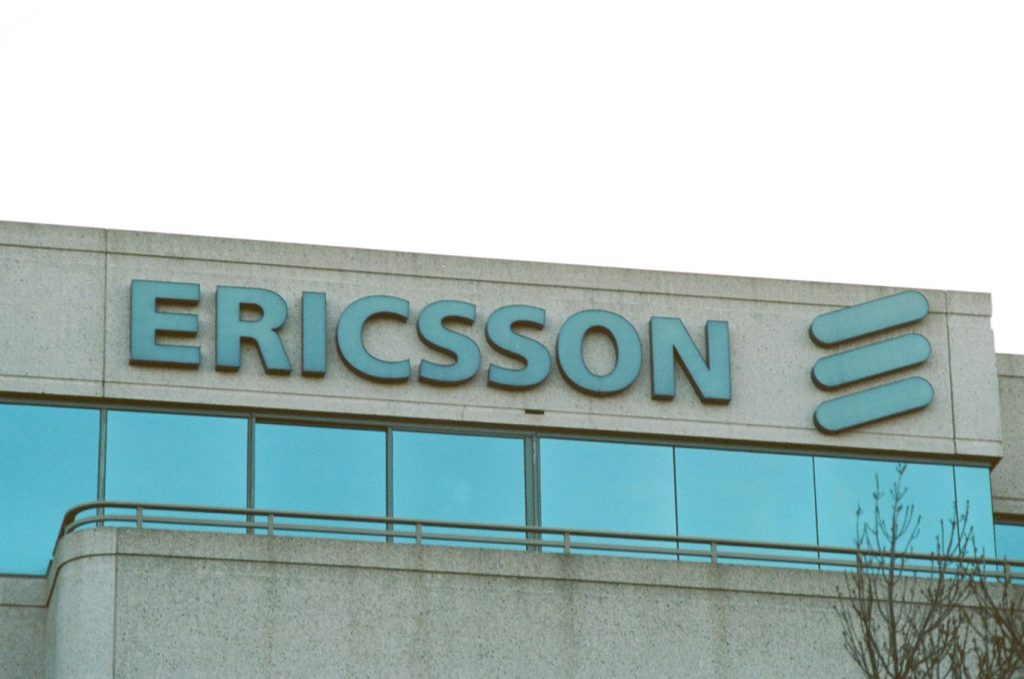Ericsson’s 2024 Performance: A Resurgence Amidst Market Challenges
Ericsson (ERIC) has experienced a notable resurgence in 2024, with its stock price surging by approximately 34%, outperforming broader market indices. This positive trajectory is largely attributed to the company’s robust third-quarter results, which surpassed market expectations. Ericsson reported sales of SEK 61.8 billion, a marginal 1% year-over-year decline, but this top-line figure masks significant regional variations. While sales in other key markets declined, North America emerged as a bright spot, exhibiting a remarkable 55% year-over-year growth, highlighting the strategic importance of this region for Ericsson. This shift towards the high-value US market has also contributed to a significant expansion in profitability. Adjusted gross margins reached 46.3%, a substantial improvement from the 39.2% recorded in the same period last year. Further bolstering the bottom line were retroactive intellectual property rights and licensing revenues, coupled with a favorable customer settlement, all of which positively impacted the Networks segment’s gross margin. These developments underscore Ericsson’s commitment to leveraging its intellectual property and navigating complex legal landscapes to enhance its financial performance.
The positive momentum extended to other key financial metrics. Adjusted EBITDA reached SEK 7.8 billion, representing a 12.6% margin, reflecting the effectiveness of cost reduction initiatives. Net income also improved dramatically, reaching SEK 3.9 billion, a stark contrast to the SEK 30.5 billion loss incurred in the previous year. This translated to diluted earnings per share (EPS) of SEK 1.14. Furthermore, Ericsson’s free cash flow before mergers and acquisitions stood at a healthy SEK 12.9 billion, demonstrating the company’s efficient inventory management and its ability to generate cash from operations. These positive Q3 results underscore substantial progress in executing the company’s strategic and operational objectives, notably in the expansion of programmable networks and the acquisition of mobile network contracts across diverse markets. While individual stock performance can be volatile, Ericsson’s performance year-to-date suggests a potential turning point for the company. For investors seeking more stable growth, diversified portfolios like the Trefis High Quality Portfolio, which has consistently outperformed the S&P 500, offer a compelling alternative.
Beyond financial performance, Ericsson also made significant strategic strides during the quarter. A key highlight was the formation of a joint venture with leading mobile network operators, aimed at securing a stable global supply of Network APIs. This collaborative approach underscores Ericsson’s recognition of the growing importance of APIs in the evolving telecommunications landscape, and its proactive steps to ensure reliable access to these crucial building blocks for network innovation. In addition, Ericsson strengthened its 5G patent licensing portfolio through new agreements, reinforcing its position as a key player in the 5G intellectual property landscape. The company projects intellectual property rights revenues to exceed SEK 13 billion in 2024, further highlighting the value of its patent portfolio and its ability to monetize its technological innovations. These strategic initiatives, coupled with the positive financial results, paint a picture of a company actively adapting to changing market dynamics and positioning itself for future growth.
However, it’s crucial to acknowledge Ericsson’s recent historical performance, which reflects the challenges the company has faced. Over the past three years, ERIC stock has consistently underperformed the broader market. In 2021, the stock returned -7%, followed by a significant decline of -44% in 2022, and a modest 13% gain in 2023. This volatile performance highlights the inherent risks associated with investing in individual stocks, especially in a rapidly evolving technological landscape. In contrast, diversified portfolios, such as the Trefis High Quality Portfolio, have demonstrated greater stability and consistent outperformance of the S&P 500 during the same period. This underscores the potential benefits of diversification in mitigating risk and achieving more predictable investment returns.
Looking ahead, Trefis forecasts Ericsson’s revenues to remain flat at $24.8 billion for the fiscal year 2024. Based on this revenue projection and anticipated earnings, the estimated valuation for Ericsson’s stock is around $8 per share. This valuation is derived using a projected EPS of $0.50 and a price-to-earnings (P/E) multiple of 15.3x. As of December 30th, the stock appears to be fairly priced based on this valuation. It’s important to note that this valuation is based on current projections and market conditions, and may be subject to change based on future developments.
Ericsson’s outlook for the fourth quarter of 2024 is nuanced and reflects both opportunities and challenges. In the Networks segment, the strong third-quarter performance sets a high bar, leading to expectations of below-average seasonality in the fourth quarter. This suggests that while growth is anticipated, it may not be as robust as in the previous quarter. In Cloud Software and Services, the sequential decline of 1% observed between Q2 and Q3 is expected to persist, with Q4 sales also projected to be below average due to the timing of project deliveries. This highlights the importance of monitoring project timelines and their impact on revenue recognition. Furthermore, the Enterprise segment is anticipated to experience additional sales pressure in Q4, largely due to a strategic decision to focus on profitable markets and products. This strategic shift, while potentially beneficial in the long term, may impact short-term revenue figures. On the profitability front, Ericsson anticipates a gross margin in the range of 47% to 49% in Q4. The company also expects full-year restructuring costs to total approximately SEK 4 billion, which will impact the bottom line. These factors underscore the importance of closely tracking Ericsson’s performance in the fourth quarter to assess the effectiveness of its strategic initiatives and their impact on overall financial results.
Finally, evaluating Ericsson’s performance in the context of its peers provides valuable insights. Comparing Ericsson’s key metrics with those of its competitors offers a benchmark for assessing its relative strengths and weaknesses. Such comparisons can be found in resources like Trefis Peer Comparisons, which offer valuable insights into industry trends and competitive dynamics. By examining how Ericsson stacks up against its peers, investors can gain a more comprehensive understanding of the company’s position within the market and its potential for future growth.










